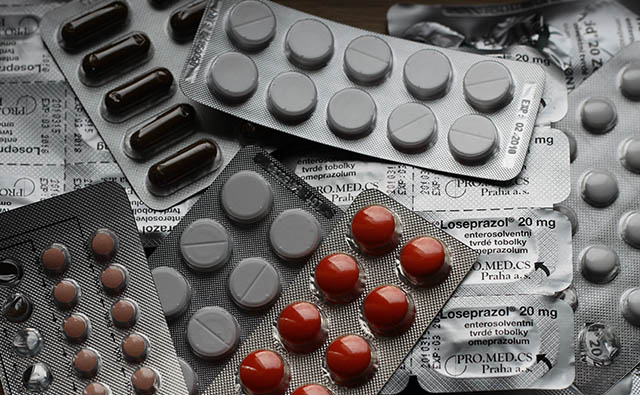Industry News, Adhesives & Sealants & Tackifiers
Label Demand Rolls Ahead

Industry News, Adhesives & Sealants & Tackifiers

Global demand for labels in pharmaceutical applications is projected to increase 7.1% annually to 5.1 billion sq m in 2020, the fastest growth rate among major label markets, according to a new study from The Freedonia Group. Trends favoring the use of smaller-sized medication containers will increase the number of labels required by pharmaceutical manufacturers, as will overall increases in drug production. In addition, growth in pharmaceutical label demand will also benefit from intensified efforts to combat drug counterfeiting and diversion. This trend is expected to shift consumption toward higher value-added products with enhanced security features such as RFID tags, serialization codes, holograms, color shifting inks, and other anti-piracy measures.

Global label demand by market, 2015 ©ASI
The largest share of demand for pharmaceutical labels exists in adhesive-sealed and pressure-sensitive paper configurations that are sold in rollstocks. Clear plastic and silk-screened configurations are gaining market share due to their high visibility and tamper-evident features.
“These value-added labels are finding increased use in the over-the-counter (OTC) drug segment, where greater competition is boosting demand for labels that enhance the perceived value of products,” said Mike Richardson, analyst.
Most of the global market for pharmaceutical labels is divided between security and standard types. Security labels, which include authentication markings and/or track and trace features to inhibit drug counterfeiting and diversion, will continue to post faster growth. However, standard labels will sustain widespread usage in the packaging of generic ethical drugs and non-proprietary OTC products. These pharmaceuticals are less vulnerable to counterfeiting and diversion due to their lower prices. Standard labels will also continue to dominate applications involving prescription drugs dispensed by retail and mail-order pharmacies.